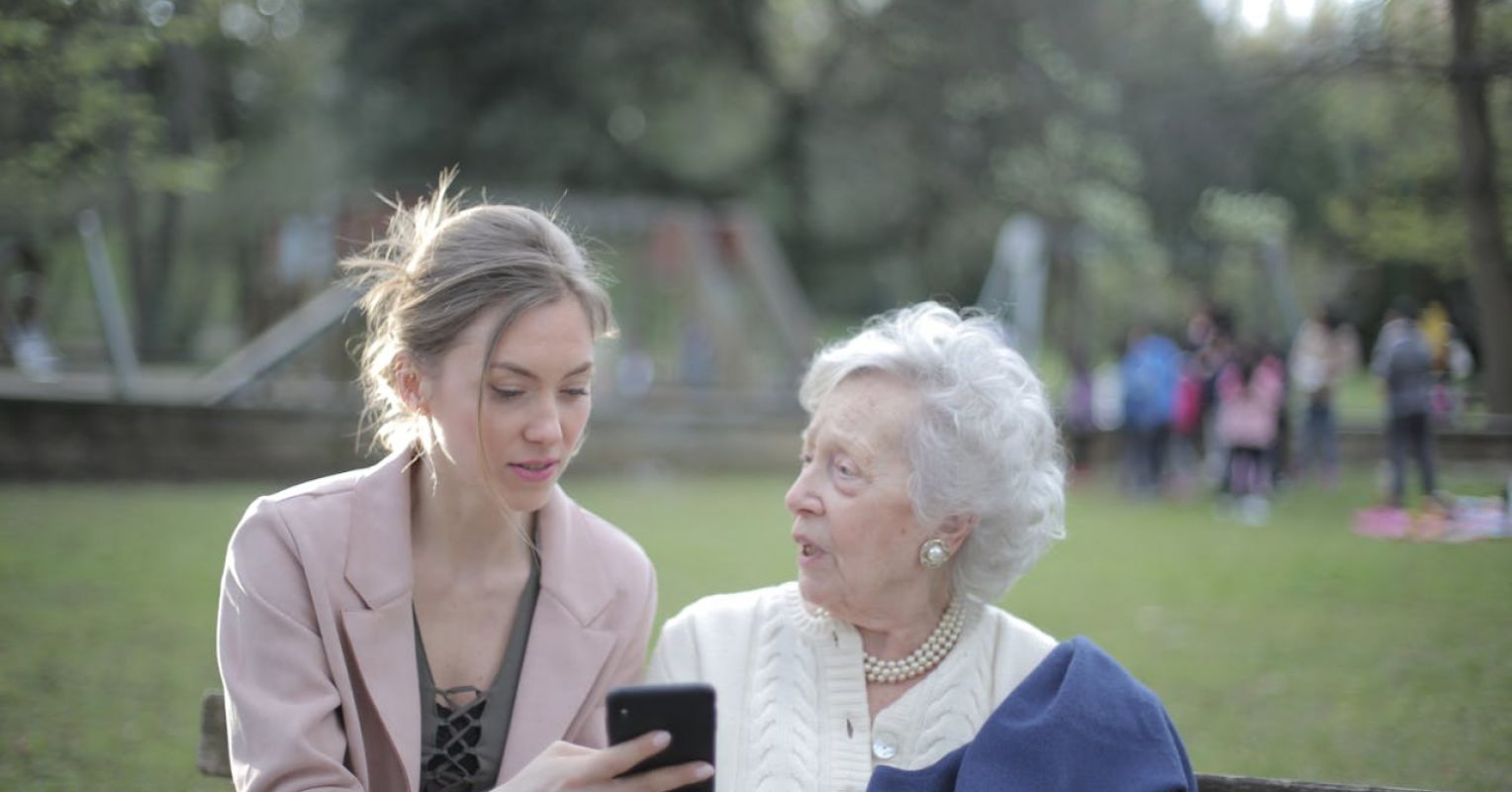#Alzheimer's
#Alzheimer's
[ follow ]
#alzheimers #dementia #caregiving #clinical-trials #neuroscience #diagnosis #friendship #mental-health #documentary
fromPsychology Today
1 month agoLet Music Be Your Medicine
The brain generates rhythms naturally. One way to confirm this is to record the brain's electrical activity. This electrical activity results from the passage of ions (particles with positive or negative charge, such as sodium and chloride, the components of salt) across brain cell membranes. EEG (electroencephalography), a painless and harmless technique using wires (electrodes) placed on the scalp to record this activity, has been around for nearly a century. EEG reveals that much of a healthy brain's electrical activity is rhythmic, not random.
Medicine
fromHarvard Gazette
1 month agoHow sexism in medicine continues to endanger women's health - Harvard Gazette
It is past time for women's health to move beyond "boobs and tubes" - as one expert termed the field's reproductive focus - to address the disparities and prejudice that have hindered medical providers from effectively treating more than half of the population. That's according to experts who gathered for a symposium held recently at the Radcliffe Institute for Advanced Study examining persistent gaps between men's and women's healthcare.
Women
fromBuzzFeed
2 months ago'Sundowning' Is The Dementia Symptom We Don't Talk About Enough
Sometimes, the symptoms occur quite late into the evening, said Dr. Victor Diaz, a neurologist at Orlando Health Neuroscience Institute. Approximately 1 in 5 people with dementia experience sundowning. It affects people with different forms of dementia, like Alzheimer's and Lewy body dementia, Diaz said. "Episodes can last anywhere from a few minutes to a few hours, and in some cases, can extend into the night."
Medicine
fromWest Side Rag
2 months agoThe Watermark at Brooklyn Heights: NYC's Premier Destination for Memory Care
When a loved one is living with Alzheimer's or another form of dementia, families are often faced with the challenge of finding care that goes beyond safety and medical support. They seek a place where their loved one will be seen as a whole person, embraced with dignity, compassion, and joy. At The Watermark at Brooklyn Heights, families across Brooklyn, Manhattan, and greater NYC have found just that: a nationally recognized approach to Memory Care rooted in empathy, connection, and individuality.
Health
National Hockey League
fromRMNB
3 months agoTJ Oshie gifted back childhood hockey memorabilia years after his late father forgot to pay for family's storage unit in northern Minnesota
TJ Oshie lost childhood hockey memorabilia when his late father's unpaid storage unit was sold, but local Warroad contacts recovered and returned most items.
[ Load more ]











